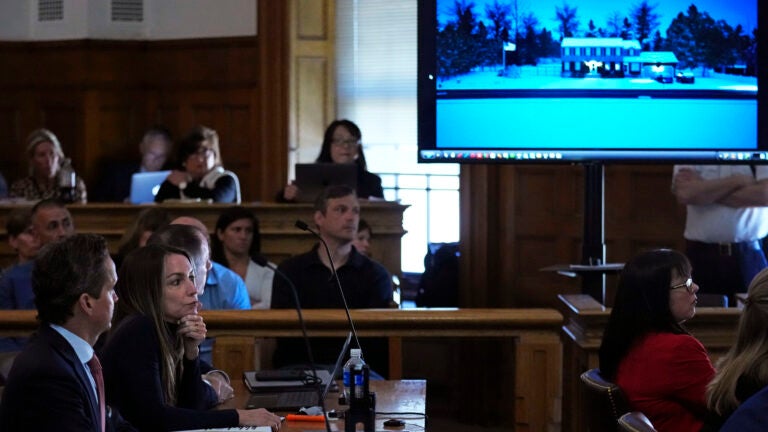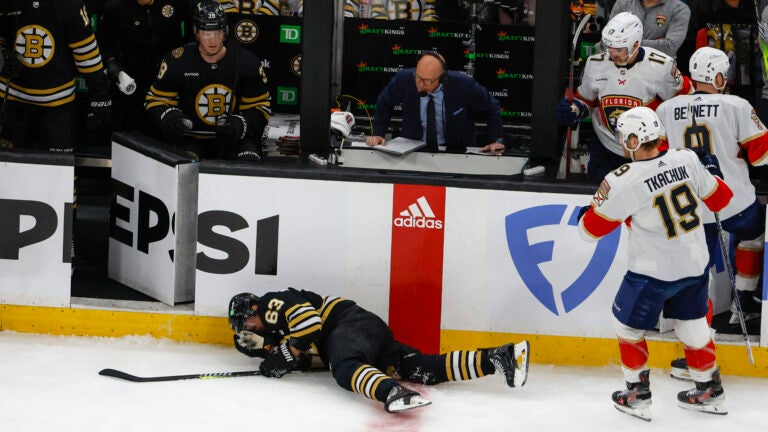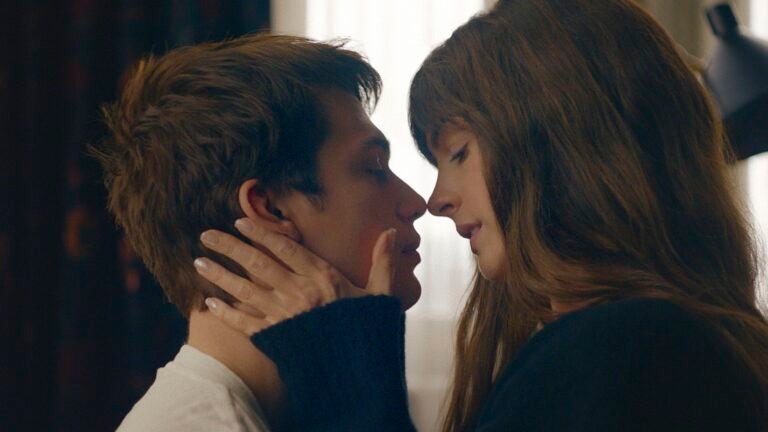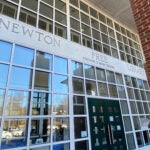Robert Hughes, 74, noted Time magazine art critic

NEW YORK — Robert Hughes, the eloquent, combative art critic and historian who lived with operatic flair and wrote with a sense of authority that owed more to Zola or Ruskin than to his own century, died Monday at Calvary Hospital in the Bronx. He was 74 and had lived for many years in Briarcliff Manor, N.Y.
He died after a long illness, said his wife, Doris Downes.
With a Hemingwayesque build and the distinctively rounded vowels of his native Australia, Mr. Hughes became as familiar a presence on television as he was in print, over three decades for Time magazine, where he was chief art critic and often a traditionalist scourge during an era when art movements fractured into unrecognizability.
‘‘The Shock of the New,’’ his eight-part documentary about the development of modernism from the Impressionists through Warhol, was seen by more than 25 million viewers when it ran originally on BBC, and the book that Mr. Hughes spun off from it.
He was as damning about artists who fell short of his expectations as he was elegiac about those who did, and his prose seemed to reach only loftier heights when he was angry. As early as 1993, he described the work of Jeff Koons as ‘‘so overexposed that it loses nothing in reproduction and gains nothing in the original.’’
‘‘Koons is the baby to Andy Warhol’s Rosemary,’’ he summarized, adding: ‘‘He has done for narcissism what Michael Milken did for the junk bond.’’
Of Warhol, he was not wholly dismissive — he once referred to him as ‘‘Genet in paint’’ — and he softened in his judgment over time. But he argued that Warhol had only a handful of good years and that his corrosive shadow over contemporary art did more harm than good. ‘‘The alienation of the artist, of which one heard so much talk a few years ago,’’ he wrote in 1975, ‘‘no longer exists for Warhol: His ideal society has crystallized round him and learned to love his entropy.’’
About artists he admired, like Lucian Freud, he cast the stakes in nothing less than heroic terms. ‘‘Every inch of the surface has to be won,’’ he wrote of Freud’s canvases in The Guardian in 2004, ‘‘must be argued through, bears the traces of curiosity and inquisition — above all, takes nothing for granted and demands active engagement from the viewer as its right.’’
‘‘Nothing of this kind happens with Warhol, or Gilbert and George, or any of the other scavengers and recyclers who infest the wretchedly stylish woods of an already decayed, pulped-out postmodernism.’’
“The Fatal Shore,’’ Mr. Hughes’s epic 1987 history of his homeland, Australia, which he left in 1964, became an international bestseller.
And he continued to write prolifically and with ambitious range, on beloved subjects like Goya, Lucian Freud, fishing, the history of American art, the city of Barcelona, and himself, even after a nearly fatal car crash in Australia in 1999 left him with numerous health problems. ‘‘Things I Didn’t Know,’’ a memoir, was published in 2006, and “Rome’’ — his highly personal history of the city he called ‘‘an enormous concretion of human glory and human error’’ — was published last year.
In the memoir, Mr. Hughes was as poetically descriptive about his brush with death as he was about the art he loved: ‘‘At one point I saw Death. He was sitting at a desk, like a banker. He made no gesture, but he opened his mouth and I looked right down his throat, which distended to become a tunnel: the bocca d’inferno of old Christian art.’’
Robert Studley Forrest Hughes was born in Sydney.
He studied art and architecture at the University of Sydney. He pursued criticism mostly as a sideline while painting, writing poetry, and serving as a cartoonist for the weekly intellectual journal The Observer.
After leaving Australia, he spent time in Italy before settling mostly in London. There, he quickly became a well-known critical voice, writing for newspapers and diving into the glamorous hedonism of 1960s London. As he related in his memoir, he was so under the influence of drugs when Time magazine called to offer him a job that he thought that it might be a trick by the CIA.
With his first wife, Danne Patricia Emerson, who died in 2003, Mr. Hughes had a son, Danton, from whom he was estranged after he and Emerson divorced in 1981. Danton, a sculptor who lived outside Sydney, killed himself in 2002, at the age of 34.
Besides his wife, a painter, Mr. Hughes leaves two stepsons. He is also leaves two brothers, Thomas, a former attorney general of Australia, and Geoffrey, and a sister, Constance Crisp, all of Sydney.
Mr. Hughes lived for many years in New York in a loft in SoHo, whose blossoming art scene he often lampooned. In 1978 he was recruited to anchor the new ABC News magazine ‘‘20/20,’’ but the reviews of his first broadcast were so disastrous that he was quickly replaced by Hugh Downs.
In 1999, while in Australia working on a documentary about the country, he was driving on the wrong side of the road after a day of fishing and crashed head-on with another car carrying three men, one of whom was seriously injured.
Mr. Hughes was critically injured, spending weeks in a coma. He fought a charge of dangerous driving, and after a bitter and highly public legal fight
, he was fined and banned from driving in Australia for three years.








Conversation
This discussion has ended. Please join elsewhere on Boston.com